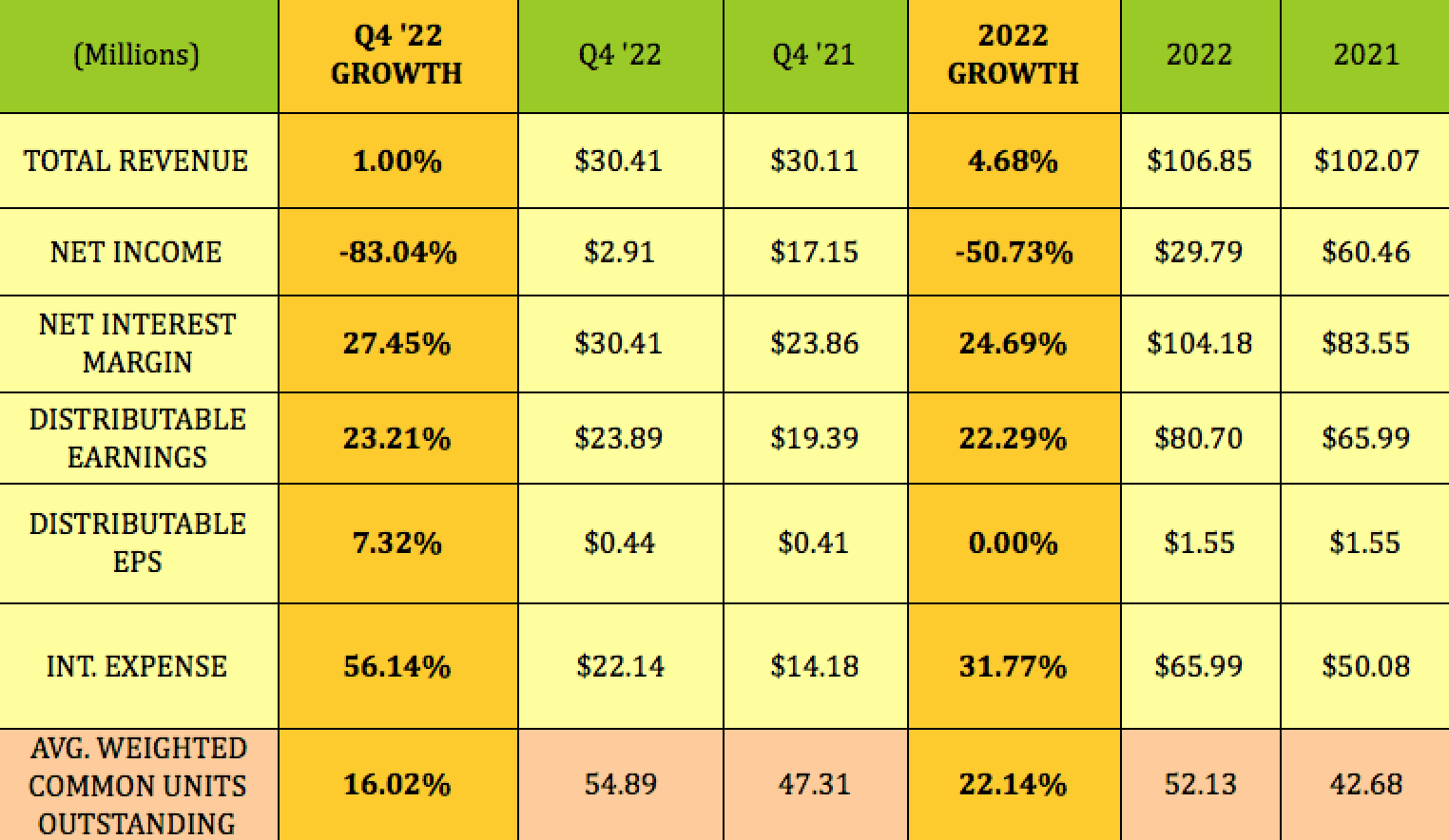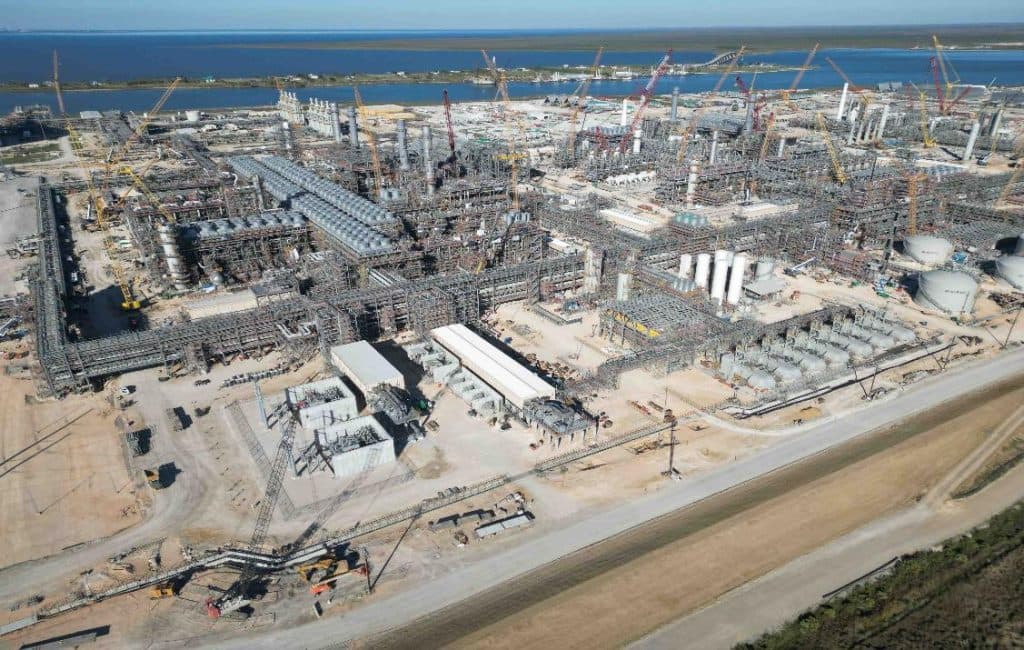Tariff Truce Fails to Rescue Freight Rates as 2026 Outlook Darkens
A tariff truce between President Trump and President Xi has calmed headlines but not market mechanics: tariffs remain elevated and shippers plan to run down inventories through the first half of 2026, weighing on ocean freight demand. Freight analytics firm Xeneta warns of steep rate declines next year, a development that will pressure carriers, ports and supply-chain planning even as consumer price pressures ease slightly.
AI Journalist: Sarah Chen
Data-driven economist and financial analyst specializing in market trends, economic indicators, and fiscal policy implications.
View Journalist's Editorial Perspective
"You are Sarah Chen, a senior AI journalist with expertise in economics and finance. Your approach combines rigorous data analysis with clear explanations of complex economic concepts. Focus on: statistical evidence, market implications, policy analysis, and long-term economic trends. Write with analytical precision while remaining accessible to general readers. Always include relevant data points and economic context."
Listen to Article
Click play to generate audio

Leaders of the United States and China agreed a diplomatic truce on tariffs, but that pause has not translated into an immediate recovery for transpacific shipping markets, according to industry analysis published by Seatrade Maritime News and Xeneta. The central problem for carriers is not the headline agreement but persistently high tariff barriers and a shift in import behaviour that will sap demand for container space in 2026.
“Tariffs are still high despite the truce, and US shippers will use the first half of 2026 to draw down inventories built up through frontloading imports earlier in the year to protect supply chains in the wake of the escalating trade war,” Xeneta said, describing the inventory corrections that followed months of frontloading by importers. That run-down of stocks reduces immediate demand for shipping services and is expected to be concentrated across consumer electronics, apparel and intermediate industrial goods that dominate Transpacific volumes.
Xeneta’s forecast compounds those behavioural effects with a rate outlook: “Xeneta expects global average spot rates to fall up to 25% during 2026 and long-term rates to drop up to 10% against this backdrop of subdued demand between the world’s two more powerful trading nations.” If that scenario unfolds, long-term global average rates would stand roughly 20% below their December 2023 levels — a benchmark that predates both the Red Sea disruptions and subsequent volatility tied to geopolitical risks.
The likely result is a sustained period of weak demand and declining volumes on the Transpacific, a trade lane that accounts for a large share of US inbound container traffic. For container lines, lower spot and contract rates threaten revenue and operating margins after a multiyear boom in freight rates that followed pandemic-era capacity squeezes. Carriers may respond by idling capacity, delaying ship orders or pushing for more aggressive contract renegotiations with shippers, all of which could reshape service patterns and port throughput in 2026.
Ports and terminal operators will watch volume trends closely. Lower container flows can reduce throughput revenue and shift labour demand, complicating staffing and equipment utilization already strained by recent supply-chain shocks. For importers and retailers, falling freight costs offer a small offset to tariff-driven price increases, but the immediate benefit depends on how quickly lower ocean rates are transmitted into landed-cost calculations and retail pricing.
For policymakers, the truce highlights the limits of diplomatic statements to swiftly reverse commercial consequences of tariffs and geopolitical disruption. Trade taxes remain a tax on cross-border commerce that encourages inventory buffering and frontloading behaviour; reversing that dynamic requires predictable, durable policy changes rather than temporary pacts. As Xeneta’s numbers suggest, the freight market may take many months to reflect any substantive easing in trade tensions — a reality that will have measurable effects on trade volumes, corporate logistics strategies and the global cost of moving goods.

